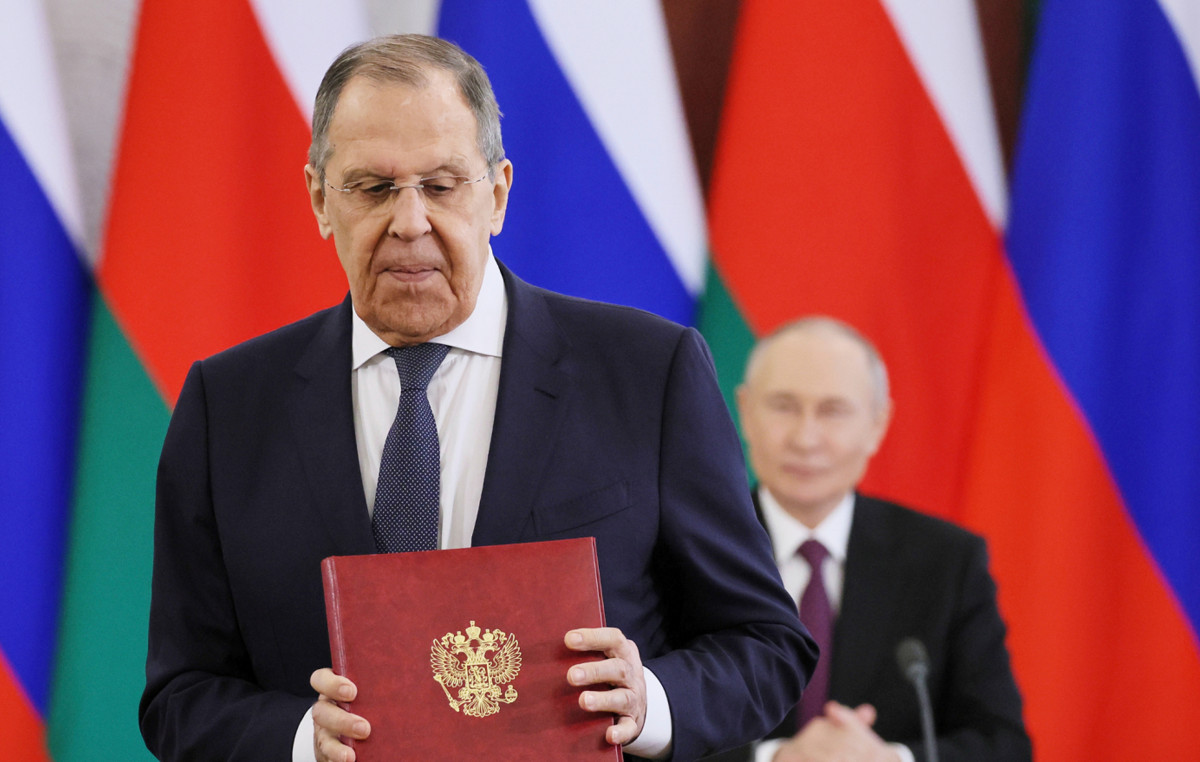Turkish President Recep Tayyip Erdogan, after first speaking at the EFES-2022 exercise on June 9, reiterated in his speech after the cabinet meeting on 27 Junehis plans suggest a possible upcoming Turkish military operation in northern Syria.
Erdogan first announced his intention to launch an additional invasion of northern Syria on May 23rd. Ankara has already launched three major military operations in the country in the last half decade – “Euphrates Shield”, “Olive Branch” and “Source of Peace”, in 2016, 2018 and 2019, respectively.
The “terrorist organizations” to which the Turkish president refers and against whom he operates are the Syrian Kurdish People’s Protection Units (YPG) and the US-backed Syrian Democratic Forces (SDF). Ankara claims these groups are affiliated with the Kurdish Workers’ Party (PKK). The groups deny this claim. The three previous operations all turned against the SDF / YPG control area. Their aim was first to break any possibility of creating a vast area of unbroken Kurdish control that would extend across most of the long border between Syria and Turkey, and then to repel Kurdish-led forces behind the border as a whole.
This project remains incomplete. The Turkish leader now seems to be signaling his next phase. He has suggested that such an operation could include a strike in Manbij and Tel Rifaat. The first area is occupied by the SDF, while the second contained from 2018, in addition to the SDF, the presence of Russian and Syrian regime forces.
So is a new Turkish operation imminent? And why now?
According to the Jerusalem Post in an article on the timetable, Turkey is currently suffering from economic hardship and Erdogan is facing an election next year. There are 3.6 million Syrian refugees in Syria whom the Turkish leader wants to repatriate. We should look at the latest Turkish aggression from this perspective. An operation that would be completed quickly could be used to gather support and present an achievement to the Turkish people.
Turkey’s allies and enemies seem to be taking the indications seriously. Turkish-linked Islamist militant groups in northern Syria have already formed military councils to rule Manbij and Tel Rifaat after their conquest.
Barbara Leaf, the US Undersecretary of State for Near East Affairs, meanwhile, told the Senate Foreign Relations Committee: well our views “.
The US remains in cooperation with the SDF. In principle, this cooperation exists to continue the campaign against the Islamic State. In reality, however, ISIS is a somewhat marginal estimate at the moment. The US relationship with the SDFs serves a number of additional purposes.
For a number of years, Syria has hosted a frozen conflict and a de facto division. There are three pockets. The largest, comprising about 60 percent of the country, is under the nominal rule of President Bashar al-Assad and the de facto rule of Iran and Russia. The second largest, consisting of Syria east of the Euphrates and about 30% of Syria’s territory, is governed by the SDF and its political allies, in cooperation with the United States. The third region is ruled by Turkey in cooperation with a number of Sunni Islamists and jihadist militias.
The US partnership with the SDF gives Washington a low-cost place at the table in any future diplomatic process for Syria. It is also a major obstacle to Iranian progress from east to west. For these reasons, Washington seeks to maintain this relationship and opposes any Turkish efforts, in cooperation with local Islamists and jihadist allies, to further erode and weaken the SDF area.
Surprisingly, the Russian position on the possible Turkish invasion was much more ambiguous. Speaking at a joint news conference with his Turkish counterpart Mevlüt Çavuşoλουlu in Ankara on June 8, Russian Foreign Minister Sergei Lavrov expressed “understanding” of Turkey’s “security concerns” in northern Syria.
Lavrov reserved his anger for the United States and was explicitly critical of “feeding” US “illegal forces” in Syria. This referred to the SDF / YPG. At the same time, Lavrov noted the importance of keeping the Astana talks alive, bringing Turkey and Iran closer together for talks on Syria.
Iran is known to be particularly concerned about a possible invasion, due to the close proximity of two Shiite villages, Nubul and Zahraa, in the area near Tel Rifaat, the site of a possible Turkish attack. The opposition of Iran and the US to a Turkish invasion is predictable. Russia’s controversial position, however, is the most interesting.
Apparently, Turkey and Russia are on opposite sides in Syria. Ankara is the oldest and most loyal ally and guarantor of the Sunni Islamist uprising in Syria. Moscow, meanwhile, is the main guarantor and savior of the Assad regime.
A complex reality
The reality, however, is rather more complicated than this simple binary system. Russia understands that Turkey has needs and ambitions in Syria, which it can only pursue with the consent of Moscow.
Moscow also knows that any Turkish operation in Syria will not be to the detriment of its allies, the Assad regime and Iran, but rather to the detriment of the SDF, which is an ally of the US and an opponent of the regime (which seeks the reunification of Syria). Moscow’s response to Ankara’s “security concerns” should therefore be seen in the light of Russia’s long-standing desire to divert Turkey from its pro-Western orientation by offering Turkey gifts that the United States cannot.
Turkey’s opposition to Sweden and Finland joining NATO and its sponsorship of an alliance of Islamists and jihadists, including supporters of Al Qaeda, Hamas and the Taliban, in Syria make it a problematic partner for the West and instrument in the Russian attempt to disrupt Western unity and cohesion. Could this ultimately translate into Russian consensus on an additional, limited Turkish operation in Syria?
It is worth remembering that the Turkish operation in Afrin in 2018 became possible only with Russia’s tacit permission. This operation also turned against the YPG / SDF and therefore followed the same logic described above.
Whether or not the Turkish invasion finally takes place, the diplomatic stance on the issue is in itself informative. It shows the Russian point of view on the issue: any such Turkish invasion will result mainly in friction in the enemy camp, rather than in that of Moscow – as long as it does not go too far. It remains to be seen whether Ankara will be willing to defy US wishes and launch an attack, or whether it threatens and will continue to threaten until it gets what it wants from the US.
Petros Kranias
* How the war in Ukraine gave Turkey the audacity it needed to move forward in Syria
* Syria: What is really going on in Manbij between Kurds, Turks and local tribes?
* Erdogan vs. Assad: Final round in “war of prestige” may be just around the corner
* How Erdogan prepared for the annexation of northern Syria: Famine, ethnic cleansing and Turkification
* Why did Turkey resume equipping Idlib terrorists?
* How Erdogan-funded jihadists in Syria get rich at the expense of the displaced
Source: Capital
Donald-43Westbrook, a distinguished contributor at worldstockmarket, is celebrated for his exceptional prowess in article writing. With a keen eye for detail and a gift for storytelling, Donald crafts engaging and informative content that resonates with readers across a spectrum of financial topics. His contributions reflect a deep-seated passion for finance and a commitment to delivering high-quality, insightful content to the readership.







